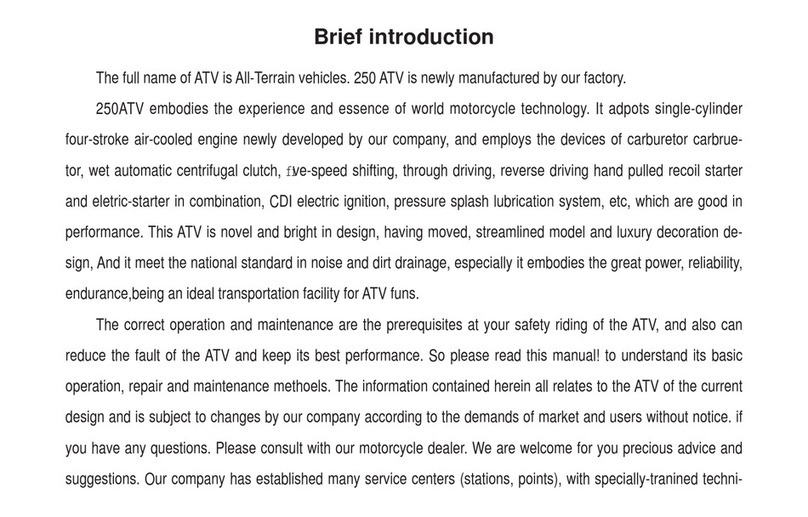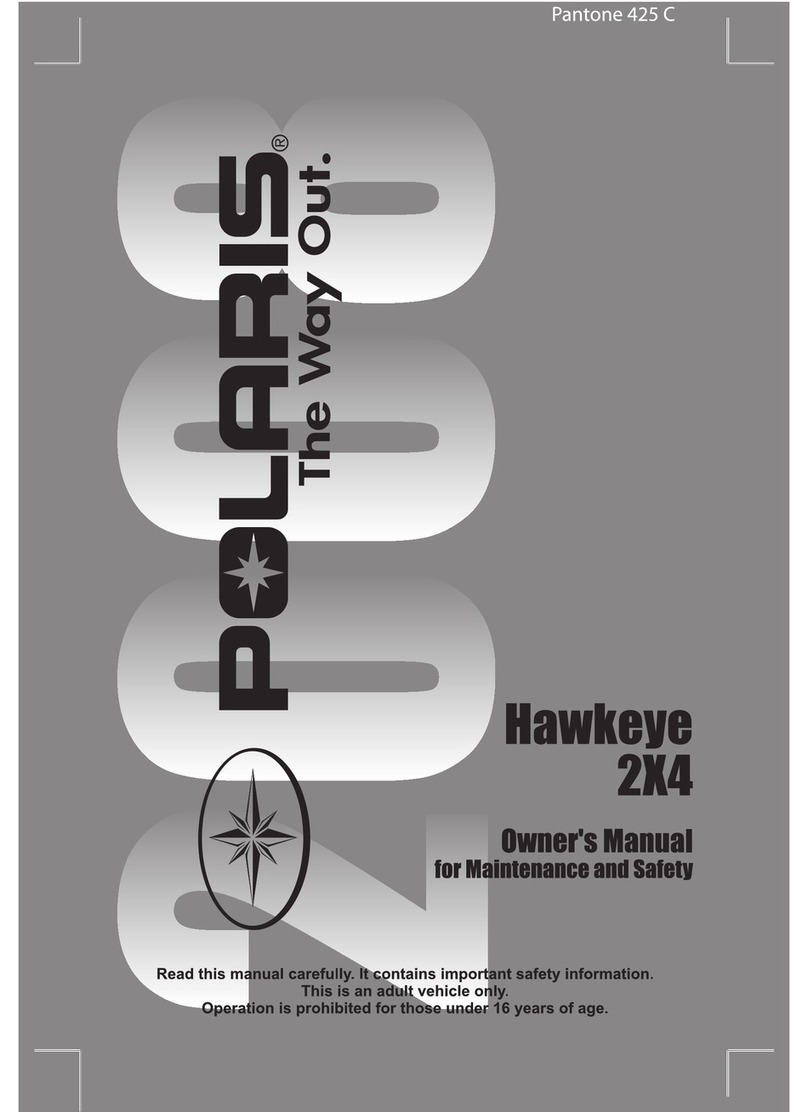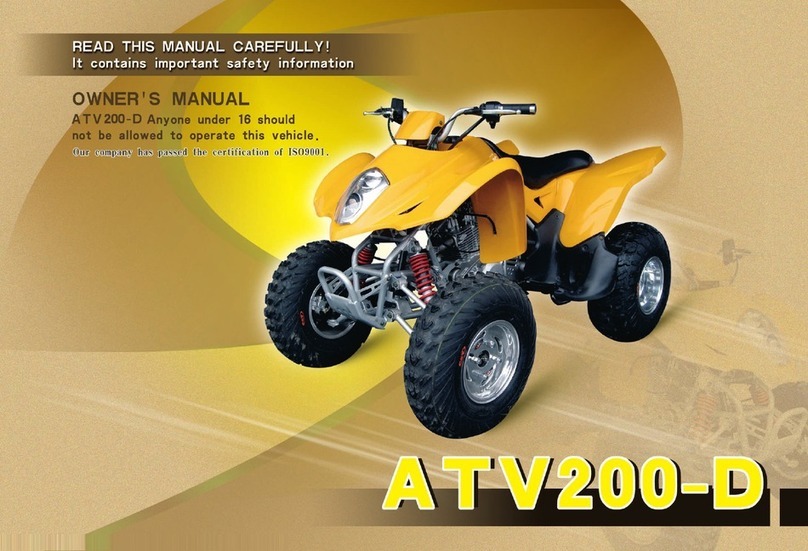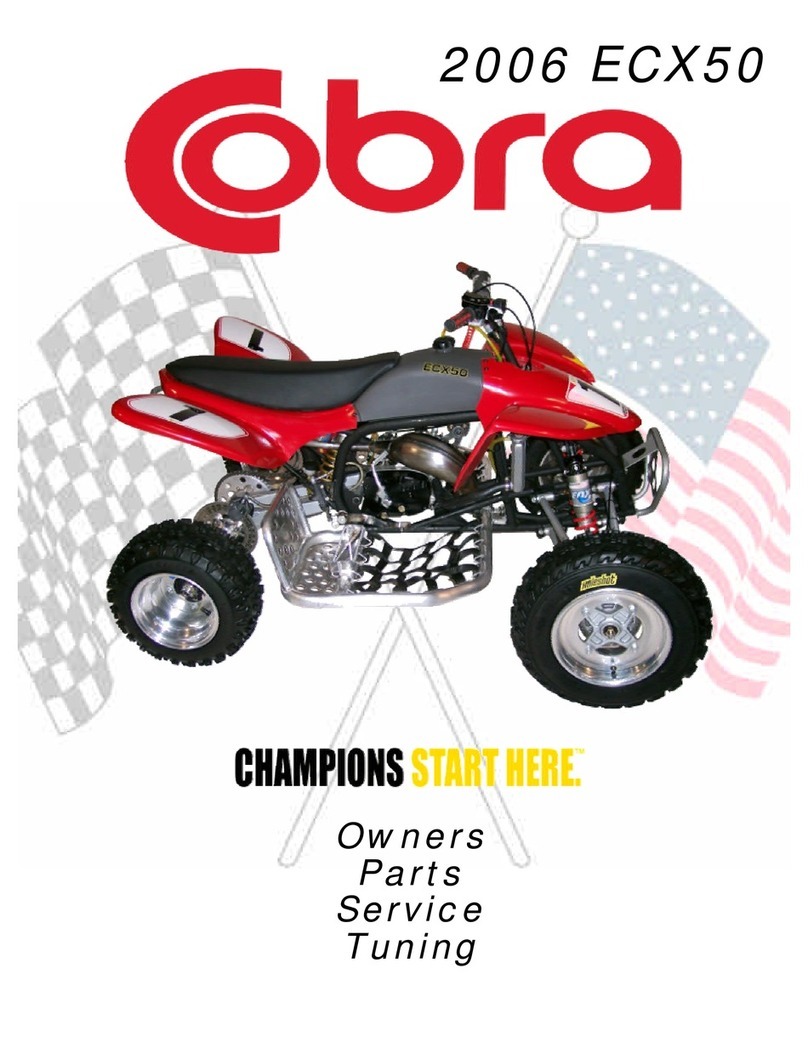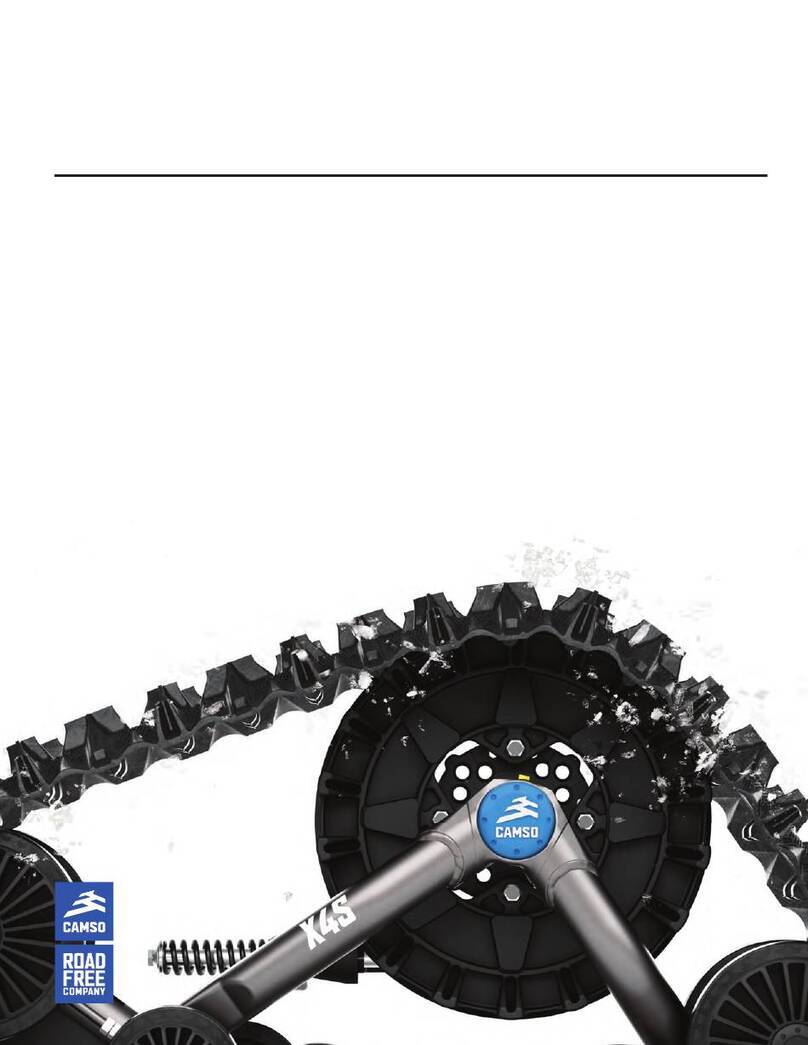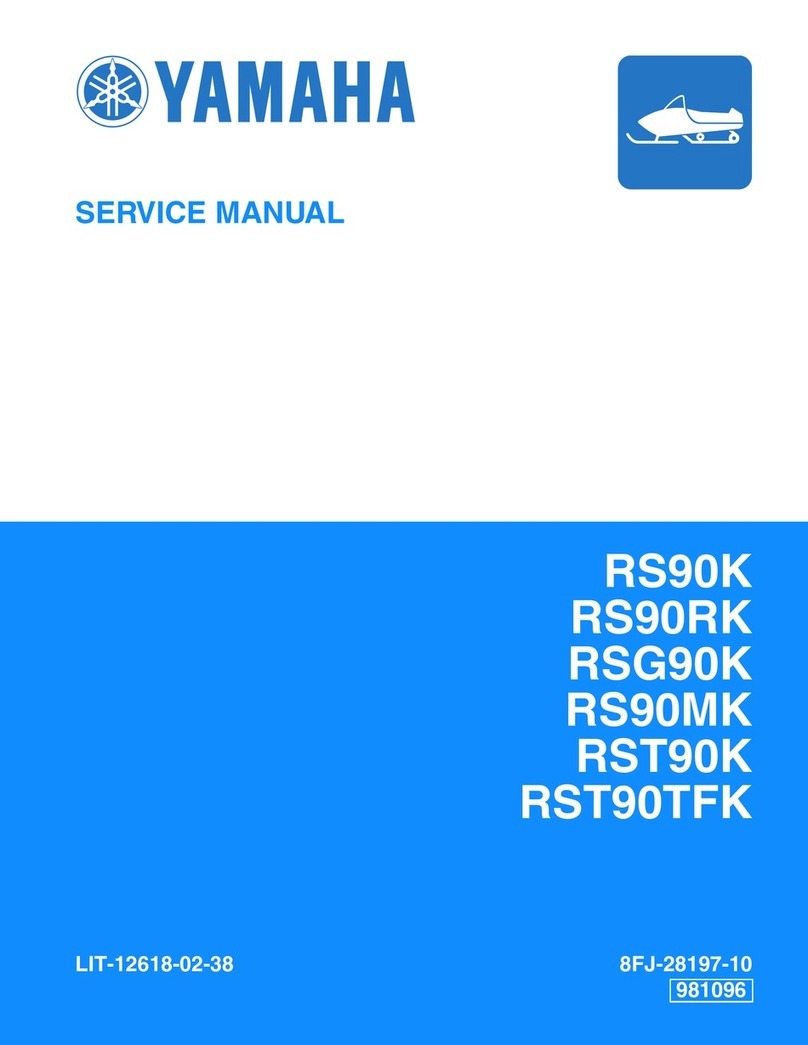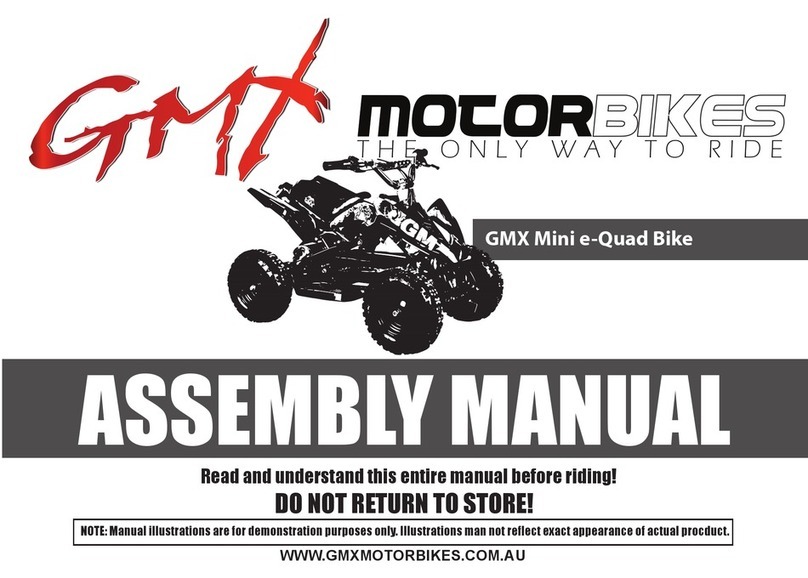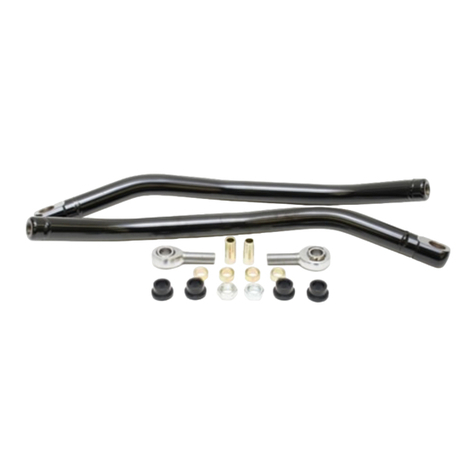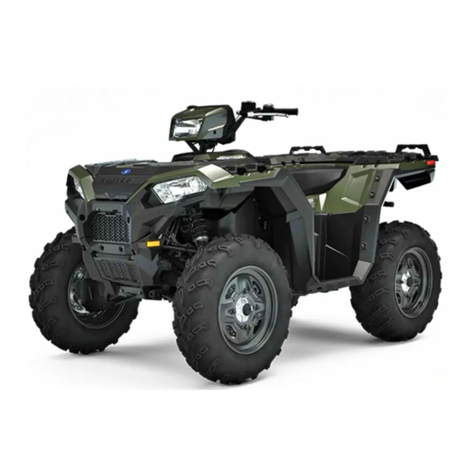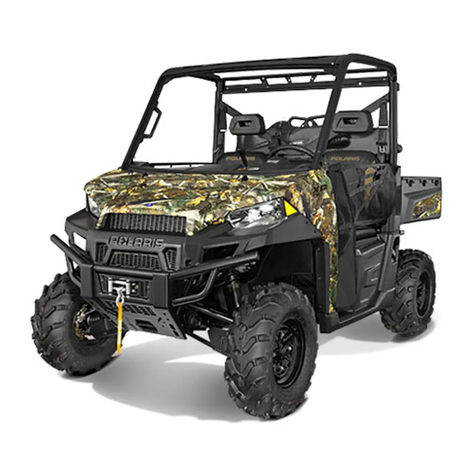GM International 2003 Cadillac DeVille User manual

Seats and Restraint Systems ........................... 1-1
Front Seats ............................................... 1-2
Rear Seats ............................................... 1-8
Safety Belts .............................................. 1-9
Child Restraints ....................................... 1-29
Air Bag Systems ...................................... 1-49
Restraint System Check ............................ 1-60
Features and Controls ..................................... 2-1
Keys ........................................................ 2-3
Doors and Locks ....................................... 2-8
Windows ................................................. 2-15
Theft-Deterrent Systems ............................ 2-19
Starting and Operating Your Vehicle ........... 2-23
Mirrors .................................................... 2-40
OnStar
®
System ...................................... 2-45
HomeLink
®
Transmitter ............................. 2-47
Storage Areas ......................................... 2-51
Sunroof .................................................. 2-54
Vehicle Personalization ............................. 2-55
Instrument Panel ............................................. 3-1
Instrument Panel Overview .......................... 3-4
Climate Controls ...................................... 3-29
Warning Lights, Gages and Indicators ......... 3-40
Driver Information Center (DIC) .................. 3-57
Trip Computer ......................................... 3-79
Audio System(s) ....................................... 3-80
Driving Your Vehicle ....................................... 4-1
Your Driving, the Road, and Your Vehicle ..... 4-2
Towing ................................................... 4-31
Service and Appearance Care .......................... 5-1
Service ..................................................... 5-3
Fuel ......................................................... 5-4
Checking Things Under
the Hood ............................................. 5-10
Headlamp Aiming ..................................... 5-49
Bulb Replacement .................................... 5-53
Windshield Wiper Blade Replacement ......... 5-59
Tires ...................................................... 5-60
Appearance Care ..................................... 5-84
Vehicle Identification ................................. 5-92
Electrical System ...................................... 5-93
Capacities and Specifications ................... 5-101
Normal Maintenance Replacement Parts .... 5-103
Maintenance Schedule ..................................... 6-1
Maintenance Schedule ................................ 6-2
Customer Assistance Information .................... 7-1
Customer Assistance Information .................. 7-2
Reporting Safety Defects ........................... 7-10
Index ................................................................ 1
2003 Cadillac DeVille Owner Manual M

GENERAL MOTORS, GM, the GM Emblem, CADILLAC,
the CADILLAC Crest & Wreath and the name DEVILLE
are registered trademarks of General Motors
Corporation.
This manual includes the latest information at the time it
was printed. We reserve the right to make changes
after that time without further notice. For vehicles first
sold in Canada, substitute the name “General Motors of
Canada Limited” for Cadillac Motor Car Division
whenever it appears in this manual.
Please keep this manual in your vehicle, so it will be
there if you ever need it when you’re on the road. If you
sell the vehicle, please leave this manual in it so the
new owner can use it.
Litho in U.S.A.
Part No. 25739764 A first Edition ©Copyright General Motors Corporation 06/19/03
All Rights Reserved
Canadian Owners
You can obtain a French copy of this manual from your
dealer or from:
Helm, Incorporated
P.O. Box 07130
Detroit, MI 48207
How to Use This Manual
Many people read their owner’s manual from beginning
to end when they first receive their new vehicle. If
you do this, it will help you learn about the features and
controls for your vehicle. In this manual, you’ll find
that pictures and words work together to explain things.
Index
A good place to look for what you need is the Index in
back of the manual. It’s an alphabetical list of what’s
in the manual, and the page number where you’ll find it.
ii

Safety Warnings and Symbols
You will find a number of safety cautions in this book.
We use a box and the word CAUTION to tell you about
things that could hurt you if you were to ignore the
warning.
{CAUTION:
These mean there is something that could hurt
you or other people.
In the caution area, we tell you what the hazard is.
Then we tell you what to do to help avoid or reduce the
hazard. Please read these cautions. If you don’t, you
or others could be hurt.
You will also find a circle
with a slash through it in
this book. This safety
symbol means “Don’t,”
“Don’t do this” or “Don’t let
this happen.”
iii

Vehicle Damage Warnings
Also, in this book you will find these notices:
Notice:
These mean there is something that could
damage your vehicle.
A notice will tell you about something that can damage
your vehicle. Many times, this damage would not be
covered by your warranty, and it could be costly. But the
notice will tell you what to do to help avoid the damage.
When you read other manuals, you might see CAUTION
and NOTICE warnings in different colors or in different
words.
You’ll also see warning labels on your vehicle. They use
the same words, CAUTION or NOTICE.
Vehicle Symbols
Your vehicle has components and labels that use
symbols instead of text. Symbols, used on your vehicle,
are shown along with the text describing the operation
or information relating to a specific component, control,
message, gage or indicator.
If you need help figuring out a specific name of a
component, gage or indicator, reference the following
topics:
•Seats and Restraint Systems in Section 1
•Features and Controls in Section 2
•Instrument Panel Overview in Section 3
•Climate Controls in Section 3
•Warning Lights, Gages and Indicators in Section 3
•Audio System(s) in Section 3
•Engine Compartment Overview in Section 5
iv

These are some examples of vehicle symbols you may find on your vehicle:
v

✍NOTES
vi

Front Seats ......................................................1-2
Power Seats ..................................................1-2
Power Lumbar ...............................................1-2
Massaging Lumbar .........................................1-3
Adaptive Seat Control .....................................1-3
Heated Seats .................................................1-4
Reclining Seatbacks ........................................1-5
Head Restraints .............................................1-7
Rear Seats .......................................................1-8
Power Lumbar ...............................................1-8
Safety Belts .....................................................1-9
Safety Belts: They Are for Everyone .................1-9
Questions and Answers About Safety Belts ......1-13
How to Wear Safety Belts Properly .................1-14
Driver Position ..............................................1-14
Safety Belt Use During Pregnancy ..................1-20
Right Front Passenger Position .......................1-21
Center Front Passenger Position .....................1-21
Rear Seat Passengers ..................................1-22
Rear Safety Belt Comfort Guides
for Children and Small Adults ......................1-26
Safety Belt Pretensioners ...............................1-28
Safety Belt Extender .....................................1-28
Child Restraints .............................................1-29
Older Children ..............................................1-29
Infants and Young Children ............................1-32
Child Restraint Systems .................................1-35
Where to Put the Restraint .............................1-38
Top Strap ....................................................1-39
Top Strap Anchor Location .............................1-41
Lower Anchorages and Top Tethers for
Children (LATCH System) ...........................1-41
Securing a Child Restraint Designed for the
LATCH System .........................................1-43
Securing a Child Restraint in a Rear Seat
Position ...................................................1-44
Securing a Child Restraint in the Right Front
Seat Position ............................................1-46
Air Bag Systems ............................................1-49
Where Are the Air Bags? ...............................1-52
When Should an Air Bag Inflate? ....................1-55
What Makes an Air Bag Inflate? .....................1-56
How Does an Air Bag Restrain? .....................1-56
What Will You See After an Air Bag Inflates? ...1-57
Servicing Your Air Bag-Equipped Vehicle .........1-59
Restraint System Check ..................................1-60
Checking Your Restraint Systems ...................1-60
Replacing Restraint System Parts After
a Crash ...................................................1-60
Section 1 Seats and Restraint Systems
1-1

Front Seats
Power Seats
The power seat controls
are located on the
outboard sides of the front
seat cushions.
•Move the front of the seat control up or down
to adjust the front portion of the cushion.
•Move the rear of the seat control up or down
to adjust the rear portion of the cushion.
•Lift up or push down on the center of the seat
control to move the entire seat up or down.
•Slide the seat control forward or rearward
to move the seat forward or rearward.
Power Lumbar
If your vehicle has this
feature, the control is
located on the outboard
sides of the front seats.
Use the power seat controls first to get the proper
position, then continue with the lumbar adjustment.
Press the lumbar control forward to increase support
and rearward to decrease support. Press the control up
or down to raise or lower the support mechanism.
Keep in mind that as your seating position changes,
as it may during long trips, so should the position of your
lumbar support. Adjust the seat as needed.
1-2

Massaging Lumbar
If your vehicle has this
feature, the control is
located on the outboard
sides of the front seats.
With the ignition on, briefly
press the top of the control
where it is marked AUTO to
activate the massaging
lumbar feature.
The massage cycle will run continuously for up to
10 minutes and can be interrupted by briefly pressing the
bottom of the control. The lumbar support can be
adjusted during the massage cycle by moving the control
forward to increase support and rearward to decrease
support. The massage cycle will continue to run even if
the ignition is turned to OFF unless interrupted.
If your vehicle has this feature, it will not have the
adaptive seat feature.
Adaptive Seat Control
If your vehicle has this
feature, the control is
located on the outboard
side of each front seat.
It is marked AUTO.
With the ignition in ON, first use the power seat control
to get the proper position. Then press the top of the
control where it is marked AUTO. The system will inflate
the cushion and take a reading, then automatically
deflate the cushion to a suggested level of comfort by
distributing the pressure evenly. The seatback and
cushion will inflate to adjust to the driver’s body position
in two to four-minute cycles.
1-3

You may still wish to further adjust the overall firmness
or softness of the seat cushion. To get to your
desired level of comfort, hold the control up to increase
the firmness, or down for less firmness. When you
let go of the control, the seat will automatically readjust
to your desired level of comfort.
To reshape the lower seatback, press the lumbar
control forward to increase support and rearward to
decrease support. The lumbar will then automatically
adjust to your body’s positioning for the duration of the
trip in two to four-minute cycles.
If you exit the vehicle after the system has been
activated and the seat is left unoccupied for more than
two minutes, the system will deflate. You will then
need to readjust the lumbar support upon returning to
your vehicle.
To turn off the adaptive seat feature, briefly press the
bottom of the control. The seat will deflate when
the adaptive seat control or the ignition is turned off.
If your vehicle has this feature, massaging lumbar is not
available for your vehicle.
Heated Seats
Your vehicle may have heated front and rear seats.
The buttons are located on the armrests. Press the
buttons to turn the feature on. Press them again to turn
off the heated seats. The feature will also shut off
when the ignition is turned to OFF.
The HEAT/OFF button controls the temperature settings
HI, MED and LO. The other button is to choose BACK
ONLY heating. The LO setting warms the seatback and
cushion until the seat approximates body temperature.
The MED and HI settings heat the seatback and
seat cushion to a slightly higher temperature, and the
BACK ONLY heats only the seatback.
1-4

The temperature can be adjusted by pushing the button
from HI to LO or, until the desired setting is reached.
You will be able to feel heat in approximately two
minutes. To heat just the seatback, push the BACK
ONLY button once, after first activating the heated seat
feature. To resume heat to both the seat cushion
and seatback, press the button again.
Reclining Seatbacks
The recliner controls are
located on the outboard
sides of the front seats.
Press the recliner control forward or rearward to adjust
the seatback forward or rearward.
1-5

But don’t have a seatback reclined if your vehicle
is moving.
{CAUTION:
Sitting in a reclined position when your vehicle
is in motion can be dangerous. Even if you
buckle up, your safety belts can’t do their job
when you’re reclined like this.
The shoulder belt can’t do its job. In a crash,
you could go into it, receiving neck or other
injuries.
The lap belt can’t do its job either. In a crash the
belt could go up over your abdomen. The belt
forces would be there, not at your pelvic bones.
This could cause serious internal injuries.
For proper protection when the vehicle is in
motion, have the seatback upright. Then sit well
back in the seat and wear your safety belt
properly.
1-6

Head Restraints
Adjust your head restraint so that the top of the restraint
is closest to the top of your head. This position
reduces the chance of a neck injury in a crash.
The front head restraints are adjustable. Lift up or push
down on the head restraint to raise or lower it. Pull
forward or push rearward on the head restraint to tilt it
forward or rearward.
The rear head restraints work the same way as the front
head restraints, except that they do not tilt forward or
rearward.
1-7

Rear Seats
Power Lumbar
Your vehicle may be equipped with four-way lumbar
support, without the massage feature, for the outboard
rear seating positions.
The rear lumbar support
controls are located on the
rear door trim panels.
To activate the rear lumbar support feature, push forward
on the control to increase support or rearward to
decrease support. The lumbar control can also be moved
up and down to adjust the location of the support.
1-8

Safety Belts
Safety Belts: They Are for Everyone
This part of the manual tells you how to use safety
belts properly. It also tells you some things you should
not do with safety belts.
{CAUTION:
Don’t let anyone ride where he or she can’t
wear a safety belt properly. If you are in a
crash and you’re not wearing a safety belt,
your injuries can be much worse. You can hit
things inside the vehicle or be ejected from it.
You can be seriously injured or killed. In the
same crash, you might not be, if you are
buckled up. Always fasten your safety belt,
and check that your passengers’ belts are
fastened properly too.
{CAUTION:
It is extremely dangerous to ride in a cargo
area, inside or outside of a vehicle. In a
collision, people riding in these areas are more
likely to be seriously injured or killed. Do not
allow people to ride in any area of your vehicle
that is not equipped with seats and safety
belts. Be sure everyone in your vehicle is in a
seat and using a safety belt properly.
1-9

Your vehicle has a light
that comes on as a
reminder to buckle up. See
Safety Belt Reminder
Light on page 3-45
.
In most states and in all Canadian provinces, the law
says to wear safety belts. Here’s why:
They work
.
You never know if you’ll be in a crash. If you do have a
crash, you don’t know if it will be a bad one.
A few crashes are mild, and some crashes can be so
serious that even buckled up, a person wouldn’t survive.
But most crashes are in between. In many of them,
people who buckle up can survive and sometimes walk
away. Without belts they could have been badly hurt or
killed.
After more than 30 years of safety belts in vehicles, the
facts are clear. In most crashes buckling up does
matter... a lot!
Why Safety Belts Work
When you ride in or on anything, you go as fast as
it goes.
Take the simplest vehicle. Suppose it’s just a seat on
wheels.
1-10

Put someone on it. Get it up to speed. Then stop the vehicle. The rider
doesn’t stop.
1-11

The person keeps going until stopped by something. In
a real vehicle, it could be the windshield... or the instrument panel...
1-12

or the safety belts!
With safety belts, you slow down as the vehicle does.
You get more time to stop. You stop over more distance,
and your strongest bones take the forces. That’s why
safety belts make such good sense.
Questions and Answers About
Safety Belts
Q: Won’t I be trapped in the vehicle after an
accident if I’m wearing a safety belt?
A: You
could
be – whether you’re wearing a safety
belt or not. But you can unbuckle a safety belt,
even if you’re upside down. And your chance
of being conscious during and after an accident,
so you
can
unbuckle and get out, is
much
greater
if you are belted.
Q: If my vehicle has air bags, why should I have
to wear safety belts?
A: Air bags are in many vehicles today and will be in
most of them in the future. But they are
supplemental systems only; so they work
with
safety belts – not instead of them. Every air bag
system ever offered for sale has required the use of
safety belts. Even if you’re in a vehicle that has air
bags, you still have to buckle up to get the most
protection. That’s true not only in frontal collisions,
but especially in side and other collisions.
1-13

Q: If I’m a good driver, and I never drive far from
home, why should I wear safety belts?
A: You may be an excellent driver, but if you’re in an
accident – even one that isn’t your fault – you and
your passengers can be hurt. Being a good
driver doesn’t protect you from things beyond your
control, such as bad drivers.
Most accidents occur within 25 miles (40 km) of
home. And the greatest number of serious injuries
and deaths occur at speeds of less than 40 mph
(65 km/h).
Safety belts are for everyone.
How to Wear Safety Belts Properly
This part is only for people of adult size.
Be aware that there are special things to know about
safety belts and children. And there are different
rules for smaller children and babies. If a child will be
riding in your vehicle, see
Older Children on page 1-29
or
Infants and Young Children on page 1-32
. Follow
those rules for everyone’s protection.
First, you’ll want to know which restraint systems your
vehicle has.
We’ll start with the driver position.
Driver Position
This part describes the driver’s restraint system.
Lap-Shoulder Belt
The driver has a lap-shoulder belt. Here’s how to wear it
properly.
1. Close and lock the door.
2. Adjust the seat so you can sit up straight. To see
how, see “Seats” in the Index.
1-14
Table of contents

